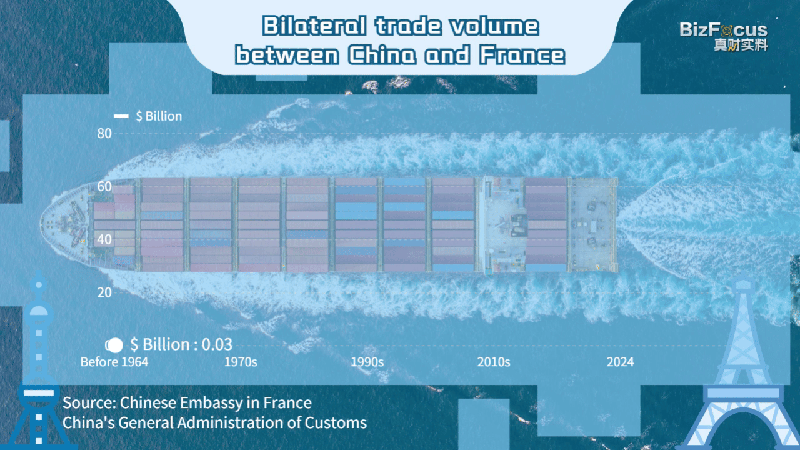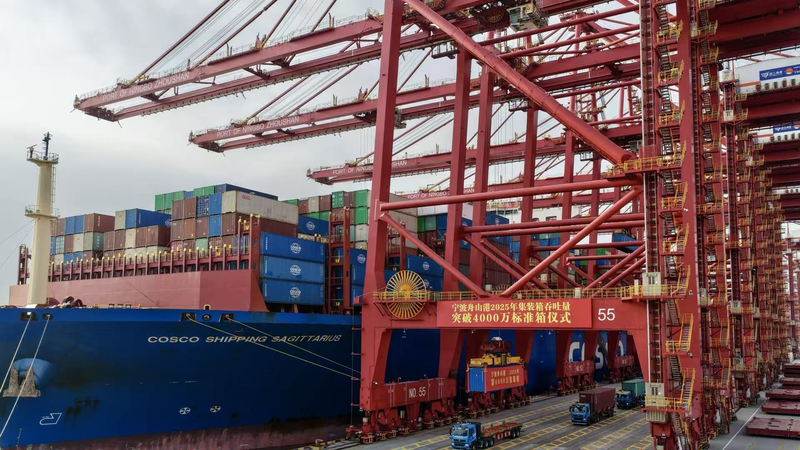When US President Donald Trump rolled out sweeping global tariffs on April 2 playfully branded "Liberation Day" few imagined how quietly theyd reshape everyday costs. While monthly consumer price index readings stayed tame (0.2% in April, 0.1% in May, 0.3% in June, 0.2% in July), those figures only tell half the story.
Treasury Secretary Scott Bessent credits a trifecta of deregulation, tax cuts and an energy boom for keeping a runaway price spiral at bay. Yet beneath the surface, import duties are gradually piling extra dollars onto raw materials, components and the goods we buy and that ripple effect is part of a bigger picture.
How Tariffs Translate to Your Wallet
- Hidden Input Costs: Tariffs act like a secret surcharge on everything from electronics to clothing.
- Supply Chain Shakeups: Higher levies can delay shipments and push companies toward costlier alternatives.
- Consumer Impact: Even a modest CPI bump means pricier coffee runs, flight tickets and gadgets.
Why This Matters to the Global Young Crowd
Whether youre an entrepreneur in Berlin, a digital nomad in Bali or a student in São Paulo, rising import costs could pinch your budget. Margins tighten for startups, travel expenses climb and everyday essentials edge up in price.
What to Watch Next
Though recent CPI readings appear controlled, economists warn these numbers mask underlying pressures. If import duties continue to climb, we could see broader inflationary waves by year-end a reality check for policy makers and consumers alike.
For young global citizens, tracking these moves isnt just for finance geeks. Its about understanding how policy shakes out in your daily life and planning ahead in an interconnected world.
Reference(s):
cgtn.com




